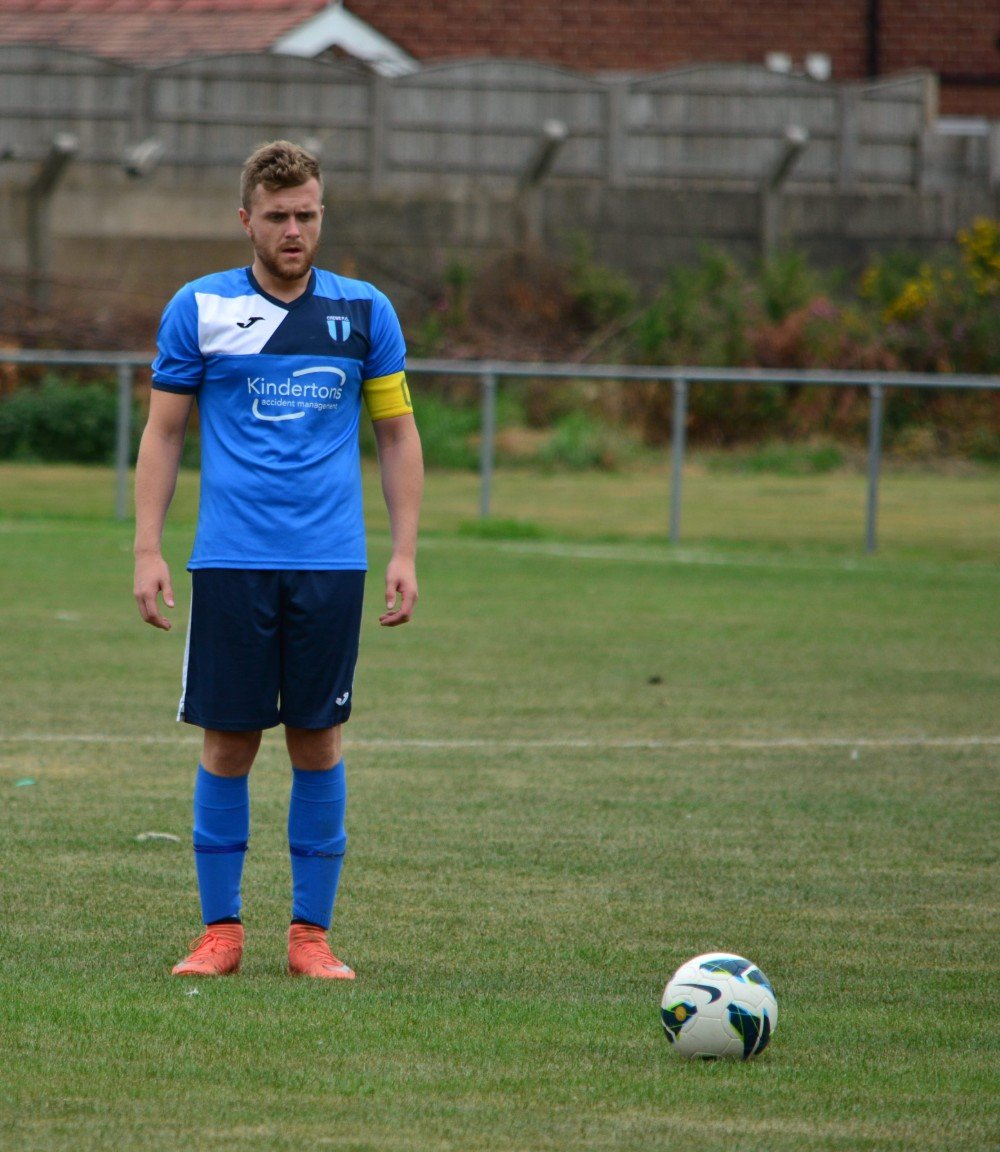How to Run Faster | Our Top Tips
Whether you’re just starting out or a seasoned veteran runner, running personal bests for distances and routes is often a key factor in helping to keep you motivated. If you currently run 5k’s and 10k’s and you have your heart set on a half or full marathon (or ultra-marathon!), then improving how fast you can run over shorter distances may be key to boosting your cardiovascular fitness, ultimately driving you one step closer to your big goals.
How to Run Faster | Our Top Tips

Run More Frequently
When it comes to improving any component of your fitness, the FITT principle is important to remember. FITT stands for Frequency, Intensity, Type and Time. Structuring your training appropriately to adhere to this principle is a good starting point to ensure you progress as you want to.
Running more frequently means different things to everyone, as you should take into consideration your current levels of fitness (i.e. your current cardiovascular capacity, your body mass and body composition, your training age/how many years of physical training experience you have behind you). This means that if you’re just starting out and have a low fitness base to start with, perhaps 1-2x per week is a sufficient training stimulus for you to adapt to, whereas if you already run 3x per week and are seeking improvements, then increasing to 4-5x per week might be for you. Your training is only as good as your body’s ability to adapt to the stimulus, so sometimes, less is more.
If you find that you’re not recovering effectively from 3 runs per week (as an example), and you know that training frequency may be a factor holding you back, then it may be wise to incorporate other forms of training that will also benefit your running performance. More exposure to training stimulus will result in more adaptations, providing that your recovery is sufficient to keep up with the demands of your training.
Switch Up the Intensity
Running doesn’t need to be a boring affair. There are lots of different ways that you can switch up the intensity of your training sessions. This may be by incorporating hills and steep inclines, utilising Fartlek training, Tempo runs, Interval Training or just general Speedwork. Not only can switching up the intensity help to keep your training interesting, but it can also provide the opportunity to make different adaptations to your training. For instance, Tempo runs involve running just below an unsustainable threshold, meaning that you’ll run as hard as you can sustainably run without succumbing to fatigue. This kind of training really pushes you to adapt to high-intensity training, and thus your other runs will be easier because of the adaptations you make to harder training sessions.
Use Resistance Training
A common myth is that if you touch any weights, then you’ll immediately blow up in size and be immobile and incapable of running. It takes very specific and concentrated training and dedication to pack on muscle, so you’re certainly not going to do it by accident.
When it comes to running, resistance training can act as a form of downtime from pounding the pavement, allowing you to develop what other weaknesses you may have, which will ultimately improve your running. Resistance training for runners should seek to make neurological adaptations, meaning that existing muscle mass becomes stronger and more efficient instead of making hypertrophic adaptations to make you look like a pro bodybuilder. Resistance training can help you to change your body composition. If you had a body mass of 100kg and a body fat percentage of 20%, then that means that fat makes up 20kg or 20% of your mass. If you were able to reduce your body fat by 5% and increase your muscle mass by the same amount, then your body composition would have improved, and you would be more efficient as an athlete.
Resistance training is noted to be effective for runners in improving running efficiency. This is because your muscles can produce more force for longer, and thus you are either able to make more efficient strides or use less effort to propel your body mass. This is known as running economy, which can be further influenced by strengthening smaller muscles around your legs that ultimately reduce faults such as knee valgus (knees coming together) that can also be potential sources of injury.
Have a Plan
To create a plan, you need goals. Once your goals are established, creating, or purchasing a structured programme will accelerate your progress on your journey to reaching your goals. An effective and efficient training programme takes away the guesswork. Of course, you can skip a session if necessary, but an appropriate plan will dictate when to run, what type of training to do and when to rest. This removes stress, accelerates progress, and can provide a source of motivation as you can tangibly observe your progress towards your goals.
Join a Club
In most places, it shouldn’t be particularly difficult to find some sort of running club or local community. Search on social media to find some nearby.
Joining a club can bring a much-needed social aspect to a mostly solo sport. Running with others who have mixed levels of experience can also be a great way to improve your discipline and your fitness. Chances are, there are people in a local club at the same, lower and higher levels of fitness than you based on their training age and experience. This makes it easy to find somebody of similar fitness to run with and provides a bit of healthy competition amongst other runners.
Set SMART Goals
SMART stands for Specific, Measurable, Achievable, Realistic and Timed. For example, instead of “I want to run faster this year”, set a definitive target like “I want to run a 10k race” (Specific). This goal is easily measurable, as you can monitor progress objectively throughout your training (e.g. monitor the time taken to cover a set distance and record progress). Is it achievable? That depends on other factors like whether or not it’s realistic and time – it’s unlikely that you’ll be able to run a 100k ultra after 2 weeks of training as a beginner, but it’s highly likely that you’ll be able to run a 10k after 6 months of structured training.
This type of goal setting can be extremely effective for maintaining motivation and setting goals that are appropriate for you.
Perfect Your Sleep
Sleep is one of the biggest factors affecting your recovery, and your recovery is one of the biggest things affecting your next training sessions, which in turn determines how much progress you will make.
You’ve probably heard this all before, but it’s important and should not be ignored:
- Minimise screen time in the hours before bed
- Have a scheduled bedtime and wake time, and try to stick close to them
- Make sure your room is as dark as possible
- Make sure the room you sleep in is as quiet as possible
- Try to keep your bed and body clean for an optimal night’s sleep
Making sleep a priority will significantly boost your ability to recover and prepare for training, and also improve other aspects of your daily life too.
Use a Proper Warm-Up
Warming up properly prior to exercise increases the temperature of the muscles we are about to use by increasing the metabolic activity in the muscle cells and by increasing the blood flow to your peripheral muscles. The increase in muscle temperature and elevating our heart rate is what we’re trying to achieve in a good warm-up, which is which simply static stretching alone is insufficient.
Warm muscles perform far better than cold muscles, so a good warm-up before you set off could shave off a significant amount of time from the start of your run. Imagine you go off for a 5k run – starting with cold muscles and warming up as you run, you may run 5k in 25-minutes. With a proper warm-up prior to setting off, that 25-minutes might become 21-minutes as the initial part of the run is not wasted on warming up cold, underperforming muscles. Warm muscles are also more pliable, meaning that they are less prone to common injuries such as muscle strains, thus increasing the longevity of your muscles and removing the potential for any lengthy periods of rehabilitation.
Improve Your Diet
Improving your diet can not only help you to physically feel better, but it can aid in modulating and improving your body composition. Less fat mass means less effort is required to propel your body efficiently, meaning you can also move faster with less energy expenditure. Being leaner also reduces the amount of load experienced by the joints, muscles, and tendons of your lower limbs. This contributes to a reduced risk of injury, which again leads to increased longevity for your running career.
Take Time Off
Taking some time off may be as simple as temporarily reducing the frequency or intensity of your training, or it may involve completely abstaining from running for a full week. Periods of down-time like this allow your body to adapt to the stimulus presented by intense exercise, and it also provides the body with a window to fully recover without having to expend resources on inflammation to your muscles to help them recover after each training session. Ultimately, this can allow you to fully recover and have you back to running in a fitter and faster state than before.
Use the Correct Equipment
This can be anything from footwear to tech like a GPS watch. Appropriate footwear can protect your feet from repetitive impact and improve running economy. Wearing light and breathable clothing might not make you run faster, but at least it won’t contribute to you running slower. A piece of tech like a GPS watch can help with goal tracking and programme design, contributing to your motivation while providing tangible data on your performance that will allow you to record whether your training and all of your other strategies are indeed effective in getting you to be a faster runner.







